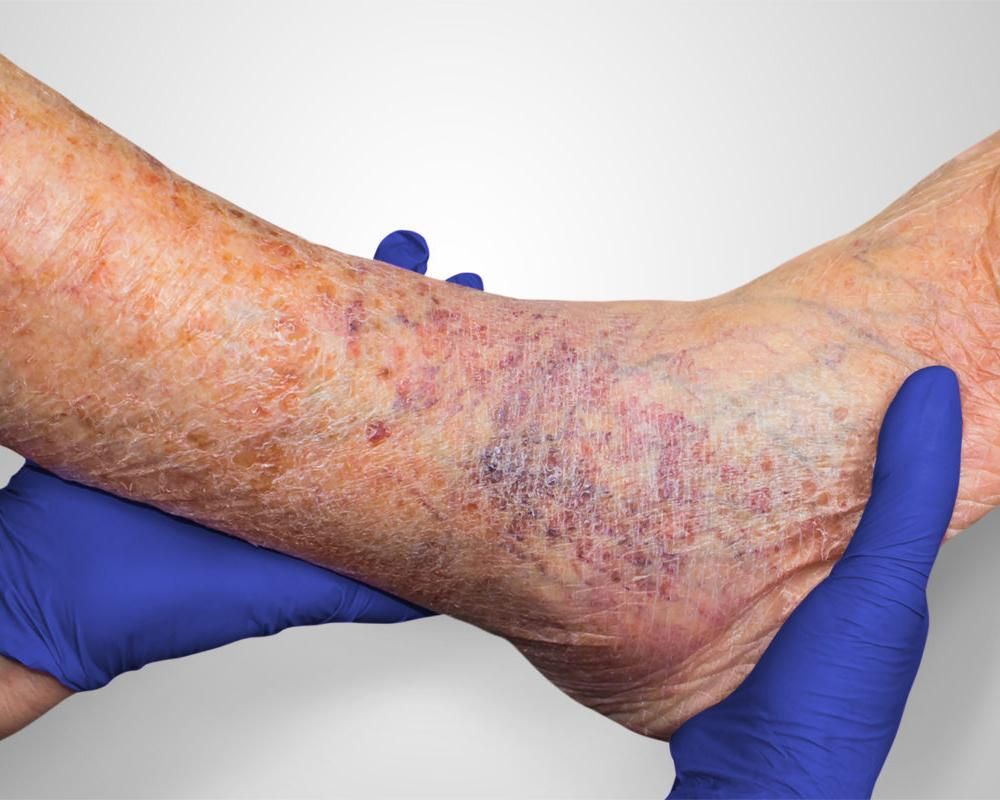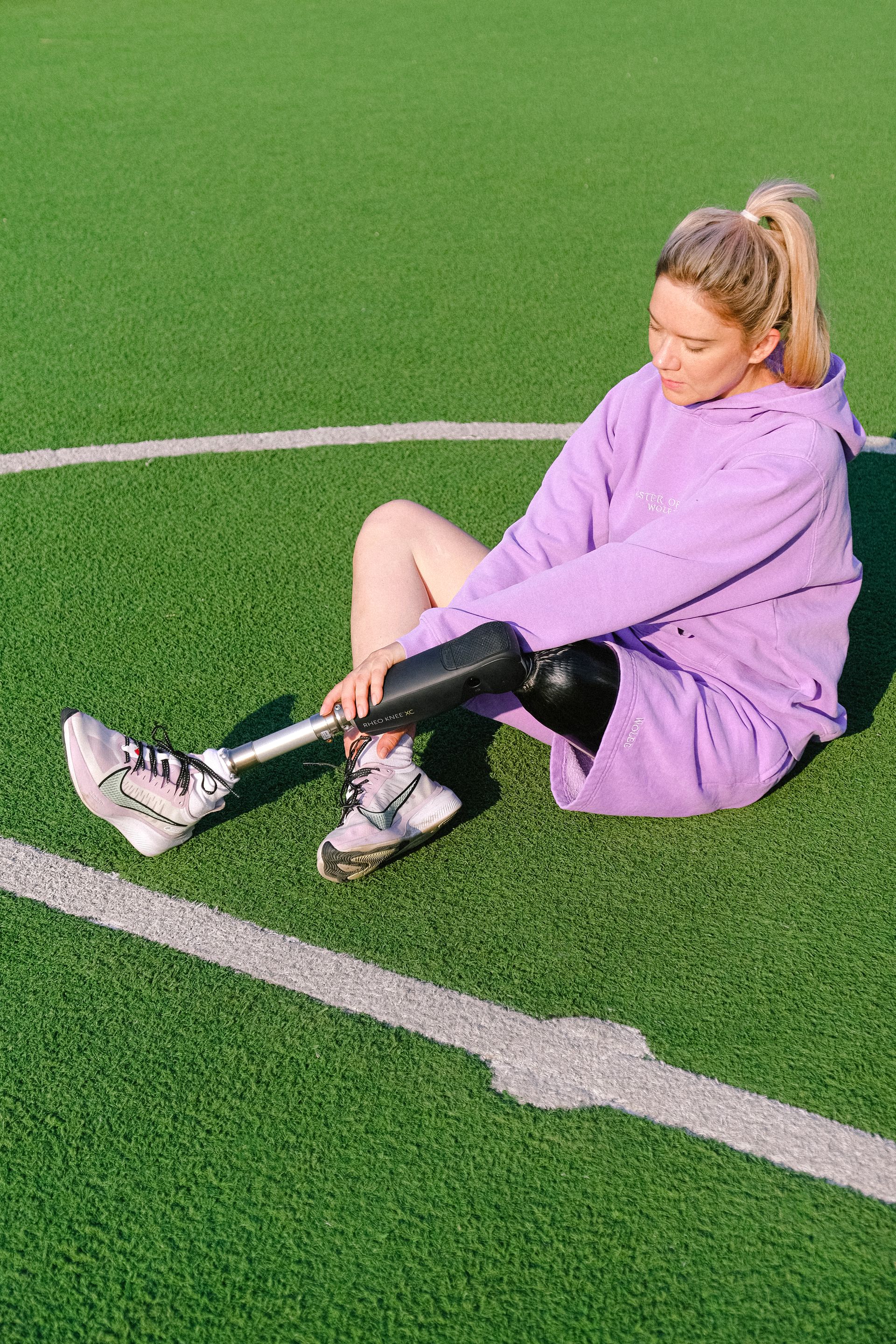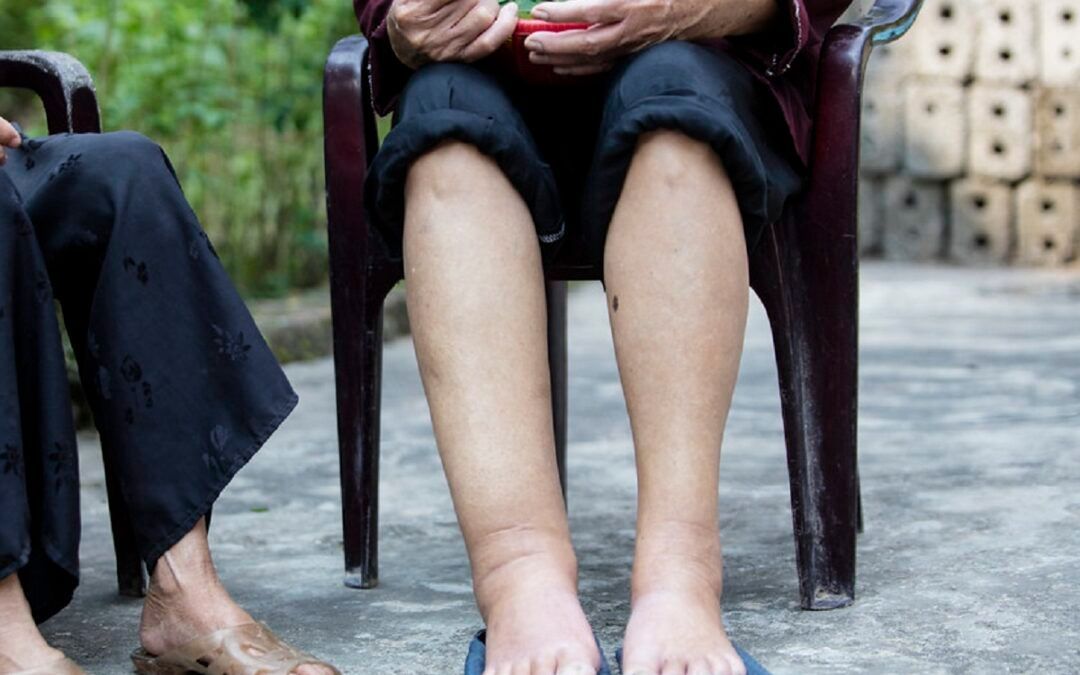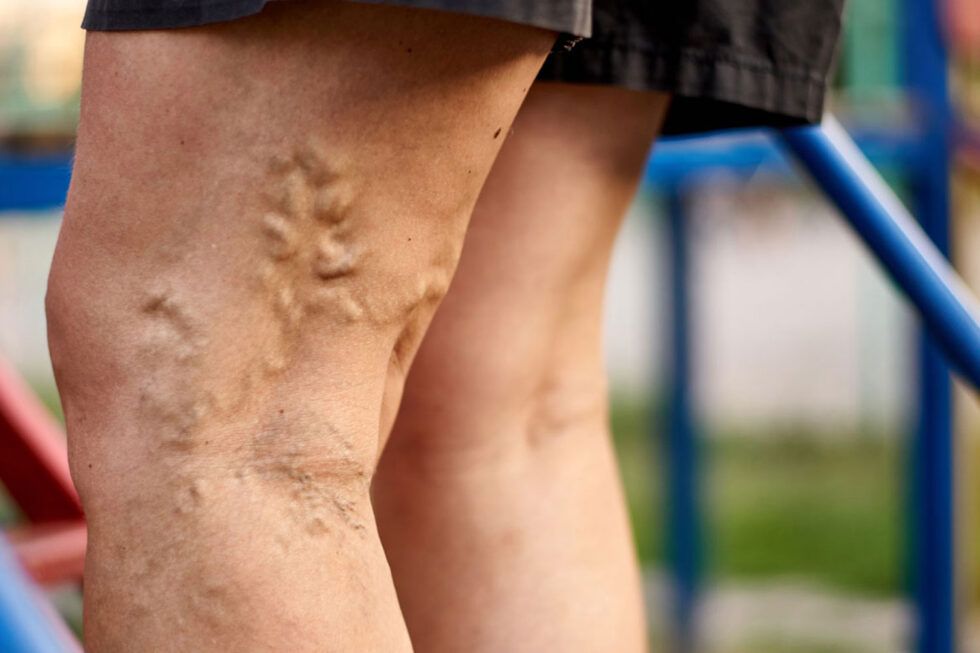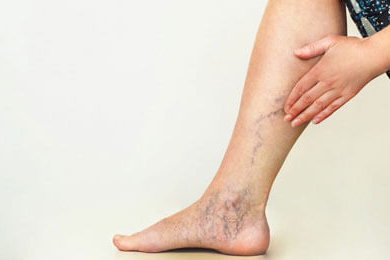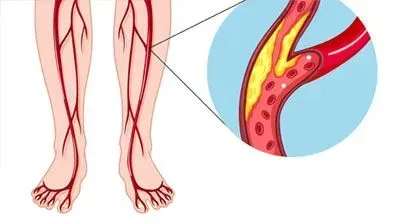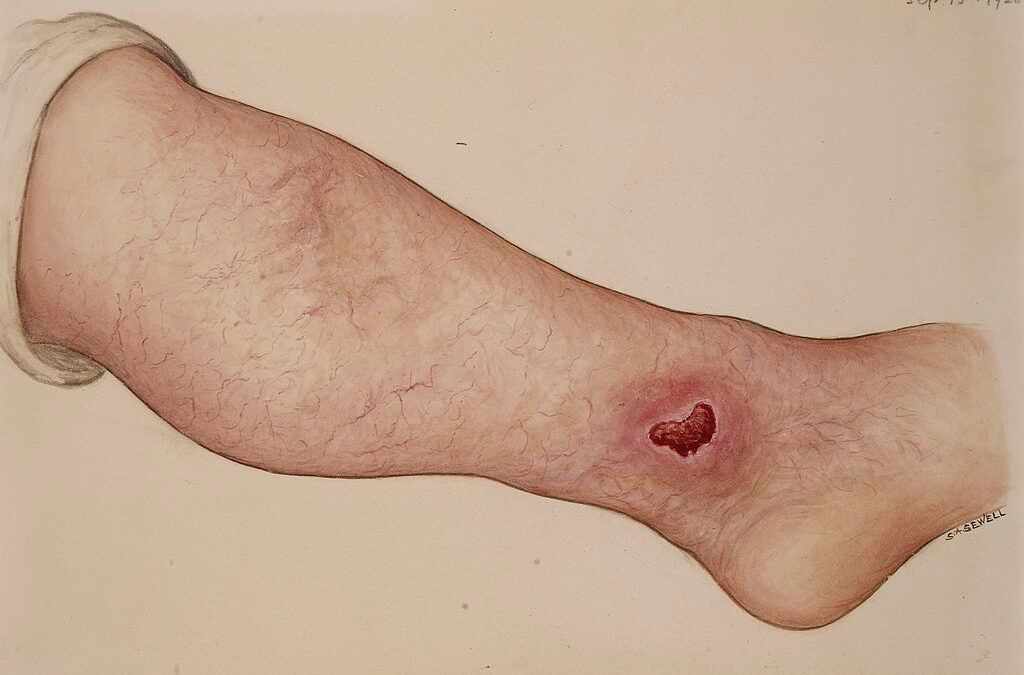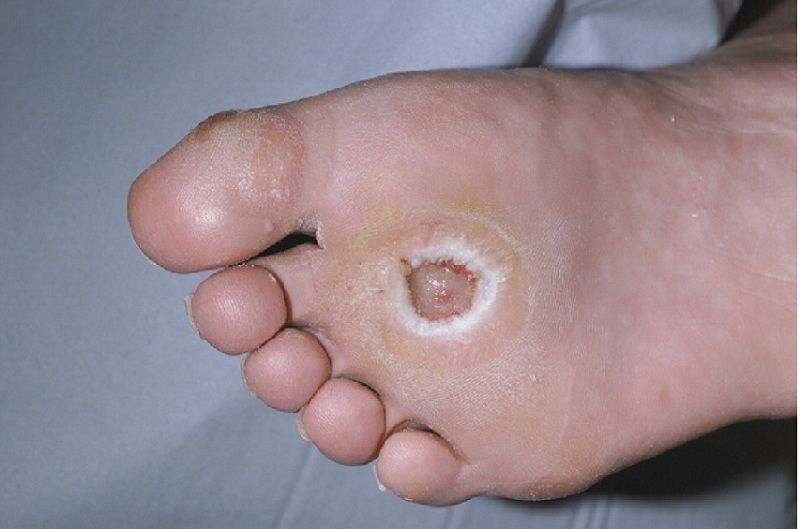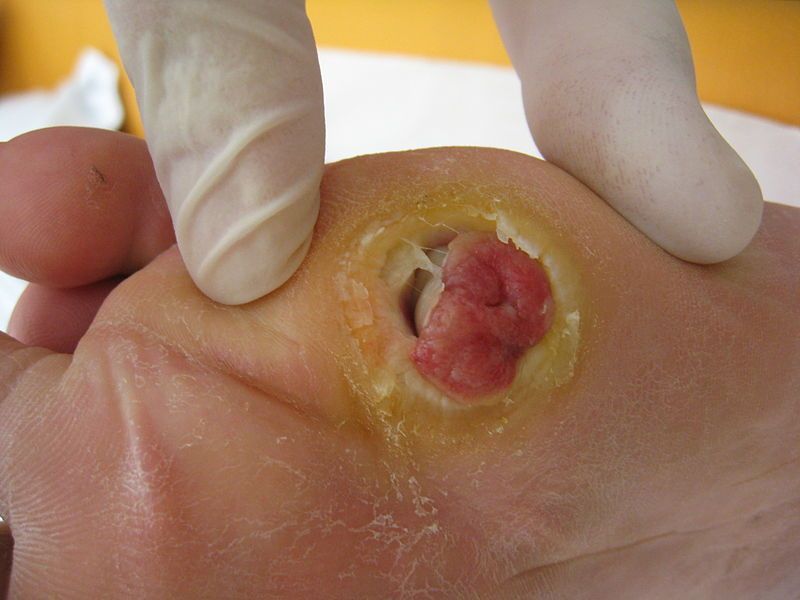Understanding Leg Blood Clots: Prevention and Treatment Strategies
How do you deal with leg blood clots?
Leg blood clots are serious and potentially life-threatening. They occur when blood thickens and clumps together, usually in the veins of the legs. These clots can break loose and travel through the bloodstream, causing complications like pulmonary embolism. Preventing leg blood clots is crucial. Simple measures like regular movement, staying hydrated, and wearing compression socks during long periods of sitting can help. Timely treatment is also essential. If you experience swelling, pain, or redness in your legs, seek medical attention promptly. Remember, taking proactive steps can save lives. So, prioritize prevention and don't delay seeking treatment when needed.
Understanding Leg Blood Clots
Leg blood clots occur when blood thickens and forms a clump, typically in the leg veins. Causes include prolonged immobility, surgery, and certain medical conditions like cancer or clotting disorders. Risk factors include obesity, smoking, and hormone therapy. Symptoms may include swelling, pain, warmth, and redness in the affected leg. Understanding these signs is vital for early detection and treatment. Remember, if you experience these symptoms, don't ignore them. Seek medical attention promptly to prevent complications. Stay informed about leg blood clots and take proactive steps to protect your health.
Prevention Strategies
Preventing leg blood clots involves both lifestyle changes and medical interventions. Let's start with lifestyle adjustments. Firstly, maintaining a healthy diet rich in fruits, vegetables, and whole grains while limiting saturated fats can help keep your blood flowing smoothly. Secondly, regular exercise, even simple activities like walking or stretching, can improve circulation and reduce clotting risk. Lastly, quitting smoking is crucial, as smoking can damage blood vessels and increase clotting tendencies.
On the medical front, doctors may prescribe anticoagulants, also known as blood thinners, to prevent clots from forming or growing larger. Compression stockings are another effective measure, as they apply pressure to the legs, helping blood flow and preventing clot formation. In more severe cases, surgical procedures such as thrombectomy or vein stenting may be necessary to remove or bypass the clot.
Remember, prevention is critical. By making these lifestyle changes and following medical advice, you can significantly reduce your risk of developing leg blood clots. Stay proactive about your health and consult with healthcare professionals for personalized guidance. Your well-being is worth the effort!
Treatment Approaches
Several approaches are available for
treating leg blood clots, with the goal of managing existing clots and preventing new ones from forming.
Firstly, medications play a significant role. Anticoagulants, often called blood thinners, prevent the clot from growing larger and reduce the risk of new clots forming. Thrombolytics, or clot busters, are another option to dissolve the clot quickly in more severe cases.
Medical procedures offer targeted interventions. Thrombectomy involves physically removing the clot, particularly effective for large clots or those causing severe symptoms. Catheter-directed thrombolysis consists in using a catheter to deliver clot-dissolving medication directly to the clot site, speeding up the clot's breakdown.
Lifestyle modifications are essential during treatment. Following medical professionals' recommendations for maintaining a healthy activity level aids in promoting blood flow without placing undue strain on the injured leg. Dietary considerations, such as avoiding foods high in vitamin K, which can interfere with anticoagulants, are also important to ensure the effectiveness of medication.
By combining these treatment approaches and making necessary lifestyle adjustments, individuals can effectively manage leg blood clots and reduce the risk of complications. Always follow the guidance of healthcare professionals for personalized treatment plans.
Recovery and Follow-Up Care
After
treatment for leg blood clots, follow-up appointments are crucial for ensuring smooth recovery. These appointments allow healthcare providers to monitor your condition, assess the effectiveness of treatment, and make any necessary adjustments. Not skipping these appointments, even if you're feeling better, is essential, as complications can arise.
Rehabilitation and physical therapy also play vital roles in recovery. These programs focus on restoring the affected leg's strength, flexibility, and function. They may include exercises to improve circulation, reduce swelling, and prevent future clots. Engaging in rehabilitation can significantly speed up recovery and minimize long-term complications.
Long-term management strategies are vital for preventing the recurrence of blood clots. This may involve continuing medication, maintaining a healthy lifestyle, and following any specific recommendations from your healthcare team. Lifestyle modifications such as regular exercise, a balanced diet, and avoiding prolonged periods of immobility are crucial. Additionally, staying vigilant for any signs or symptoms of new clots and promptly seeking medical attention if they occur is essential for long-term health.
By prioritizing follow-up care, participating in rehabilitation, and adopting long-term management strategies, individuals can effectively recover from leg blood clots and reduce the risk of future complications. Remember, your health is worth the continued effort and attention.
Conclusion
To wrap up, let's recap the key points about leg blood clot treatment. It's crucial to stay proactive about your health, whether it's through lifestyle changes, medication, or medical procedures. Remember, follow-up appointments and rehabilitation are essential parts of the recovery process. Don't hesitate to seek medical advice if you experience symptoms or have risk factors for leg blood clots. Your health is essential, so prioritize it!
As health experts at Veins and Vascular Health, we encourage you to take charge of your vascular well-being. Whether it's preventing blood clots or managing vascular conditions, we're here to support you every step of the way. Let's work together to keep your veins healthy and your body thriving. Don't wait for symptoms to worsen—take action today for a healthier tomorrow!
